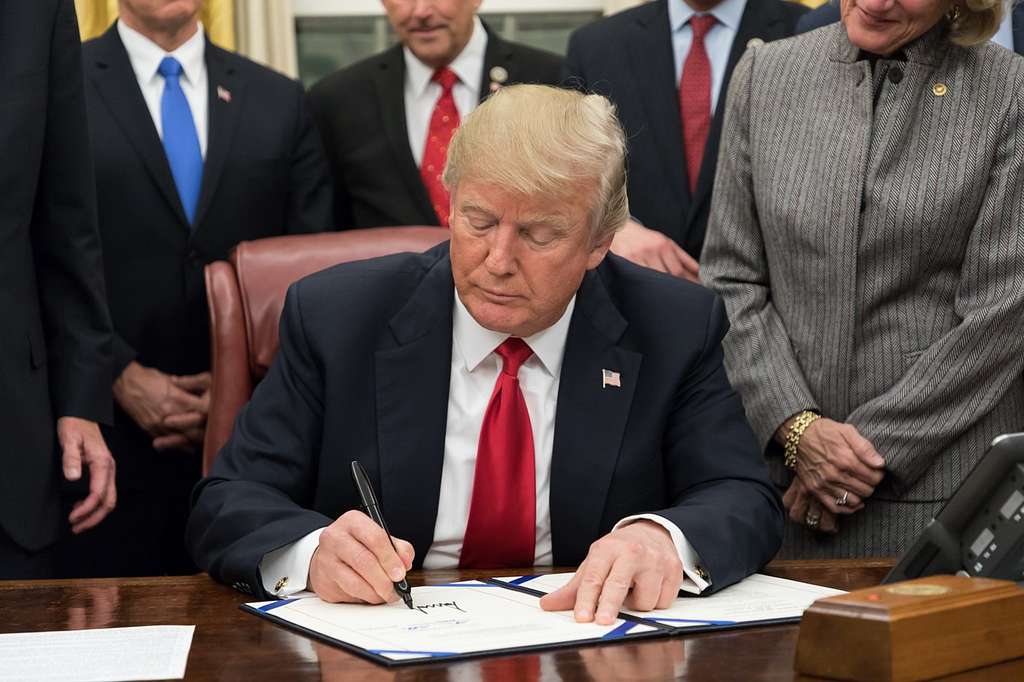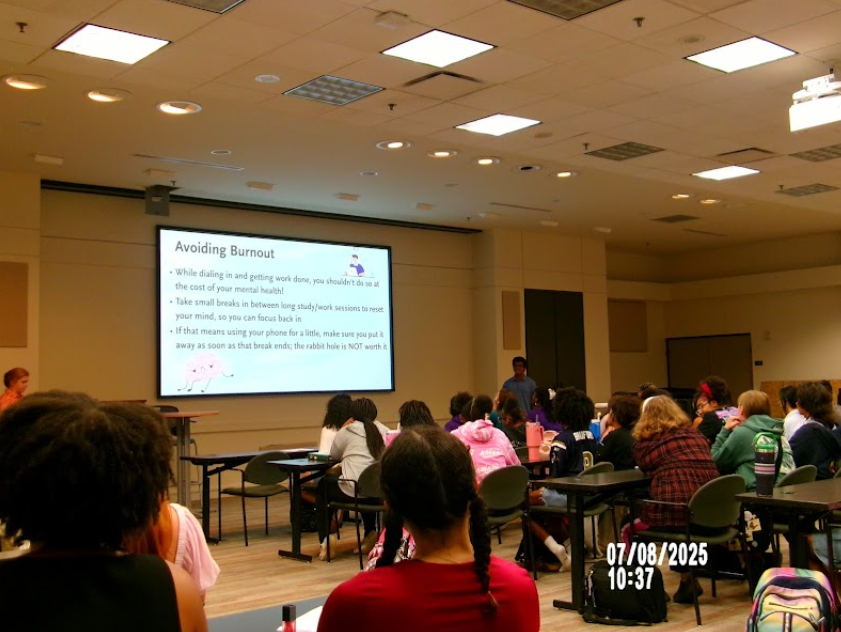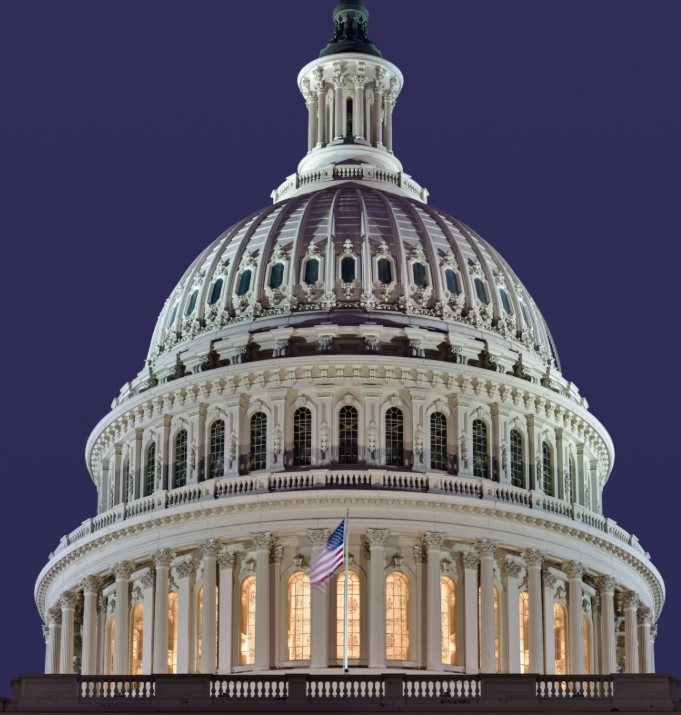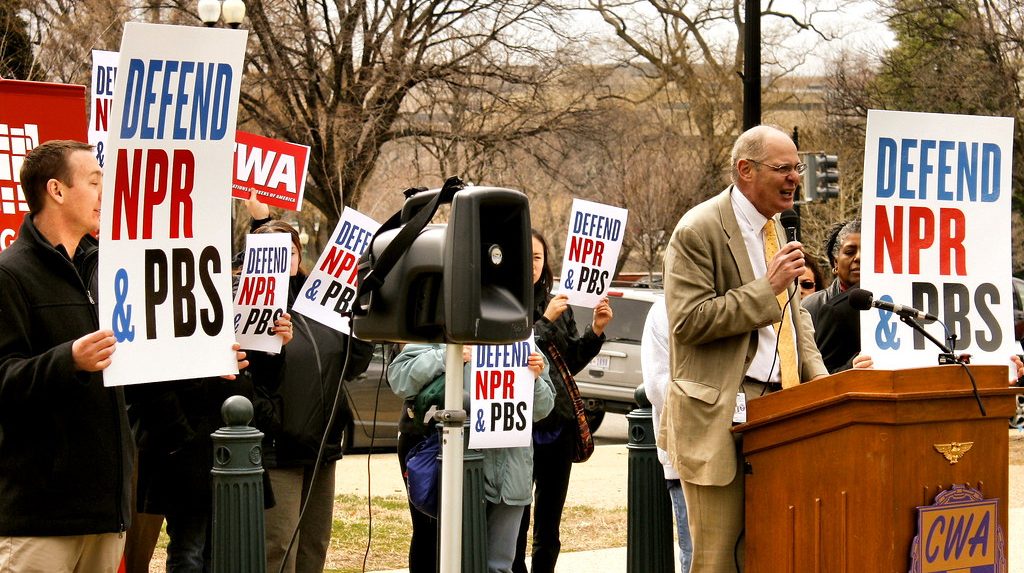As 2025 began, Americans ushered in a new presidential administration to the White House. Donald Trump took office as the 47th president on January 20, 2025, and from day one, he has implemented significant changes to the federal government. In the first week of his administration alone, Trump signed dozens of executive orders affecting major issues in the country, including immigration, climate change, and federal government cuts.
One of the more contentious changes is dismantling federal departments and agencies. Most concerning to high schools like PA are the future cuts the Department of Education could face, which may have unprecedented impacts on students.
However, President Trump emphasized in the official executive order that the education department’s “main functions can, and should, be returned to the States.” President Trump calls for the complete closure of the department and the return of authority to the states, who handle the majority of educational issues already. This big step that President Trump has taken with his executive power has led many to wonder, “Can he even do that?”
The Department of Education (DOE) is one of the younger federal departments, created in 1979 by former President Jimmy Carter. According to the official Department of Education website, the department itself hasn’t grown much in the years since its creation, though its programs and responsibilities have. The department is in charge of establishing policies surrounding federal financial aid, collecting data and doing research on America’s schools, and ensuring equal access to education for every individual. The department also provides grants to K-12 schools to help educate disadvantaged and disabled students.
The DOE has the smallest staff of the 15 federal departments, but it has the third-largest discretionary budget, which is the budget that isn’t mandatory or essential. Under the Department of Education is the Office of Federal Student Aid, the largest provider of financial aid in the United States. According to USA Facts, $160.7 billion of the $268 billion spent by the department in 2024 was billed to the Office of Federal Student Aid.
BBC reported that President Trump had previously promised that the dismantling of the department wouldn’t eradicate certain programs like student loans; instead, they would be rehoused in different government agencies. He announced that anything to do with student loans would be moved to the small business administration “immediately.”
Student loans have always been a topic of debate for past and current presidents. At the end of former President Joe Biden’s term, he had been working on providing widespread student loan relief for over five million student loan borrowers. By the time President Biden left office, he had forgiven over $183.6 billion in student loans, according to NBC. President Biden had also upheld the leniency period created by President Trump during the COVID-19 pandemic in 2020, where no federal student loans had been collected.
Now, beginning on May 5, the department is ending the leniency period and will now begin collecting student loans again from people with past-due debts to the government, AP News reported.
Aside from the money going to higher education institutions, the federal contribution to elementary and secondary education is only around eight percent, as stated by the DOE website, leaving the majority of funding and education regulations to be done by state and local governments. Along with providing funding for the school districts, states are responsible for establishing schools and colleges, developing the different curricula for subjects, and determining requirements for enrollment and graduation.
For Virginia schools, federal funding accounts for around 11% of the total funding, according to VPM. The other 89% comes from state and local spending. If the Trump Administration goes through with its department cuts, the VA schools would need to fill a $2.4 billion gap, and the commonwealth would need to cover costs for high-poverty schools, food programs for low-income students, and teacher training programs.
VPM also did research into the percentages of federal funding shares for Virginia school districts. Petersburg City Public Schools had the highest reliance on federal funding with 21.3% of their budget for the 2017-18 school year from the DOE. Norfolk City Public Schools had a slightly lower percentage, with 13.5% of funding from the DOE in the same year. Virginia Beach City Public Schools had an even lower percentage of federal funding, with only 6.9% coming from the DOE.
Whether VA counties have a higher or lower reliance on DOE funds, the eradication of the DOE won’t eliminate all federal sources for school spending, reports VPM. The Department of Health and Human Services, for example, funds preschool initiatives under the Head Start Program, which is a program that provides comprehensive early childhood education to low-income families. The Department of Agriculture would fund free school breakfast and lunch programs.
It would take an act of Congress for the Department of Education to officially be abolished, but President Trump’s executive order has called into question how far executive power reaches before it oversteps its boundaries. With new doubts raised about the Department of Education, it has many Americans to wonder how the elimination of this department would affect schools. Would it be beneficial to return education fully to the states and reallocate federal funding elsewhere? Or would the elimination create hardships and a budget deficit that is too great for states to fill?
























Gigi • Apr 28, 2025 at 12:01 pm
Excellent job explaining complicated and confusing proposed changes to the DOE and local school districts. Good job, Abby!